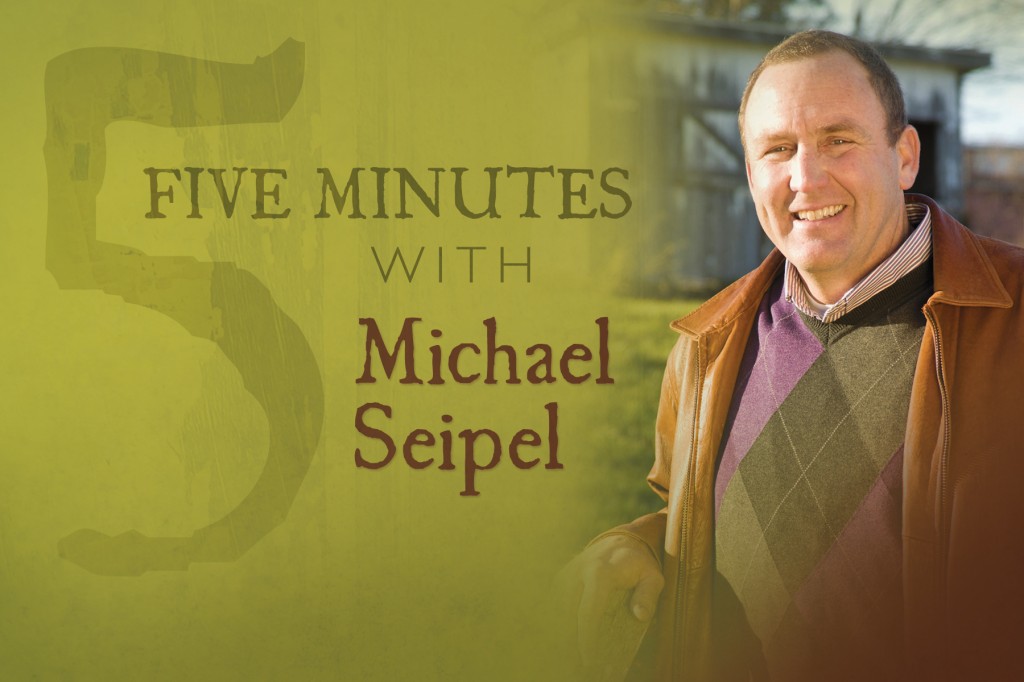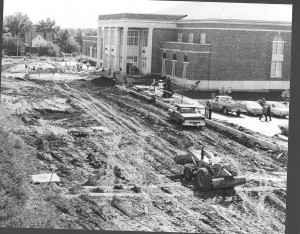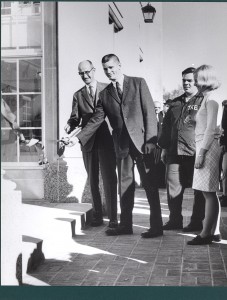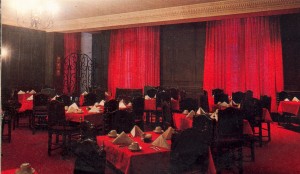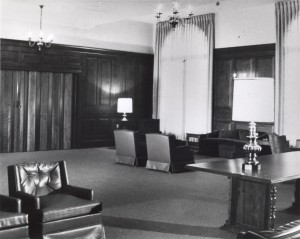Michael Seipel, professor and chair of the Agricultural Science Department, has been a member of the Truman faculty since August 1998. He received a bachelor of science degree in agricultural economics and a Ph.D. in rural sociology from the University of Missouri-Columbia.
Tell us a little bit about what you teach:
You might say that my teaching focuses on the human dimensions of agricultural systems; my courses involve applying concepts and tools of social science and business to the economic and cultural system that is agriculture. One of my courses, Ethical Issues in Sustainable Agriculture, is a discussion-based class in which students not only grapple with the ethicality and sustainability of agricultural technologies and practices (biotechnology, animal welfare, etc.) but become familiar with how different groups (urban consumers, farmers, environmental advocates) may differently perceive these technologies and practices. Another class takes an interdisciplinary look at issues in rural America, such as immigration, population change, education, voting behavior and more. Other classes focus on topics such as commodity futures markets, agricultural policy and agricultural entrepreneurship.
How would you describe your teaching philosophy:
Learning is a social process and teaching should begin with that in mind. At the core of my teaching philosophy is a belief in the need to model for students a commitment to lifelong learning. In order to do that, I try to make a practice of holding my own knowledge and core values up for scrutiny, reflection and change on a regular basis. I frequently use guest speakers in my classes so that students have direct exposure to “practitioners” who are grappling with the issues covered in that class in their own personal and/or professional lives.
What do you like best about teaching:
Teaching is like doing the same dance over and over, but with a different partner each time. That combination of familiarity and newness is simultaneously fun, rewarding and terrifying. I would identify these related things about teaching that are among my favorites: the sort of seasonal rhythm that goes with each succeeding semester beginning and ending where, periodically, all things are made new again; having a repeated opportunity to share knowledge and interest in a subject that one is passionate about with a new group of students and seeing a proportion of those students come to share that passion; watching new students come into the department or into a particular class and having the opportunity to see them mature and develop over the course of a semester or their entire college career and then, sometimes, having an opportunity to keep in touch with them as alumni and seeing that development process continue over a lifetime.
What is the last thing that made you laugh:
My seven-year-old son has a gift for mangling common phrases, unintentionally modifying song lyrics and the like. This is a constant and free source of entertainment for the rest of the family. One family favorite is his rendition of the Pat Benatar song “I Love Rock-n-Roll” which, when Gregory sings it, goes, “I love rock and roll, so put another dime in the juice box baby…”. I’m pretty sure my most recent good laugh was this or another Gregory-ism.
What do you like to do when you’re not working:
My family and I have the good fortune to live on a farm in rural Macon County, on land that has been in my wife’s family for approximately 75 years. Farming is an avocation and constant distraction for me. We raise beef cattle and sheep which we market both through conventional auction market channels and directly to area consumers as natural, grass-fed meat. Our three children also have swine and poultry for their 4-H projects. On a weekend or holiday from the University, I will most likely be found tending to some task on the farm, from caring for the animals to cutting wood to building fence.
If you weren’t teaching, what would you be doing:
Between earning my bachelor’s degree and returning to graduate school to work on my Ph.D., I worked for three and one-half years for two different agricultural cooperatives, both having grain marketing and/or processing as their primary business. I worked first as a commodity price analyst and then as a junior grain merchandiser. If I wasn’t teaching, I suspect I would be working in grain marketing or some related area of agricultural business.
What is the most rewarding part of your job:
Hearing from former students. It is very gratifying to get those emails, calls or notes and not only hear about the difference that our Truman alumni are making in their careers, their families, their communities, but to also hear the sometimes surprising things that they remember about their time in Kirksville.

